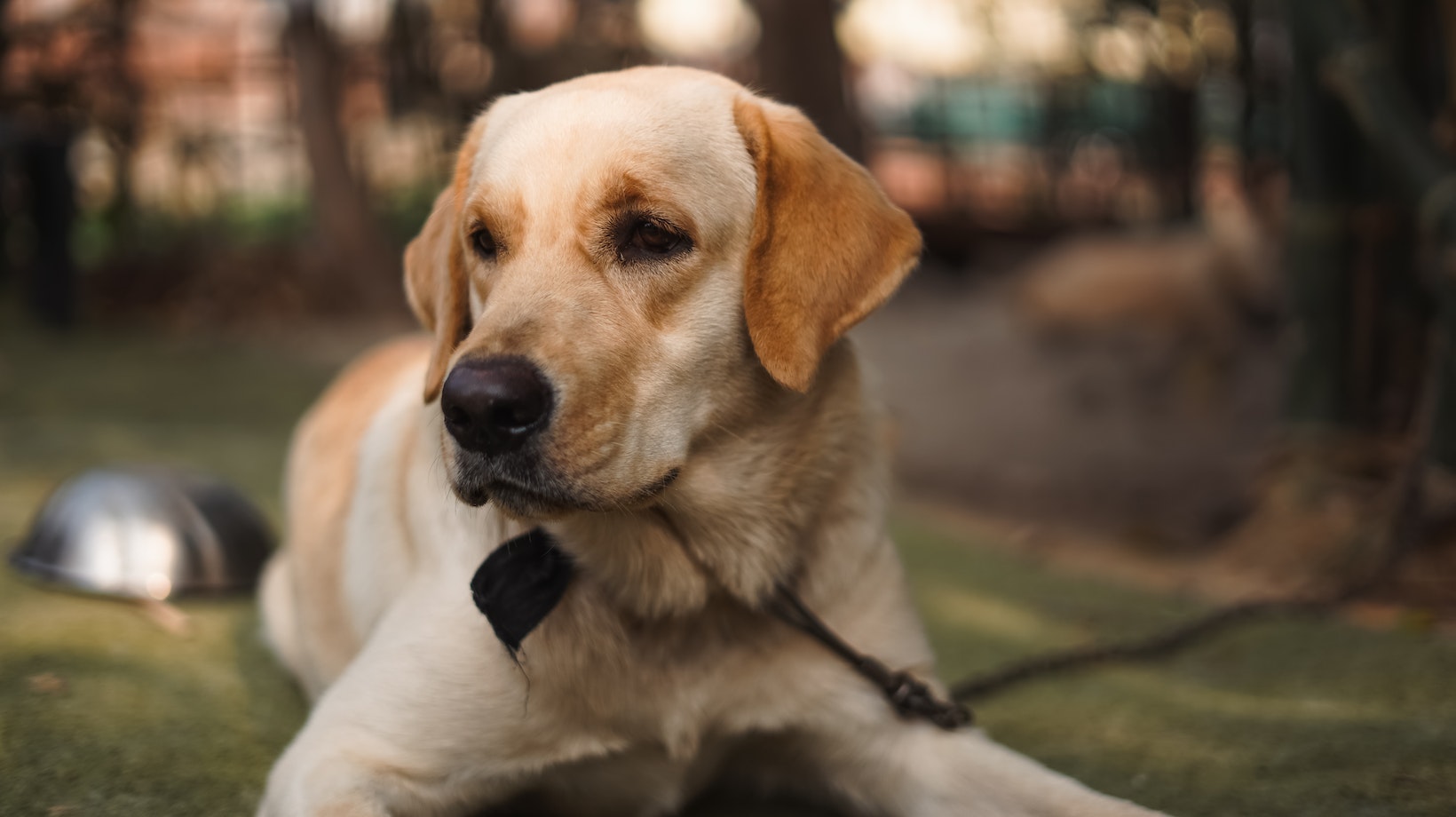How To Stop Reactivity In Dogs
- Other Dogs: Many dogs react negatively when they encounter unfamiliar dogs, especially if they have had negative experiences in the past. This can manifest as aggressive barking, lunging, or even uncontrollable pulling on the leash.
- Loud Noises: Sudden loud noises such as fireworks, thunderstorms, or construction sounds can trigger fear and anxiety in dogs. This can result in reactive behavior like excessive barking or attempts to escape from the perceived threat.
- Unfamiliar People: Some dogs may become reactive when they encounter strangers or people with certain characteristics such as hats, sunglasses, or uniforms. This could be due to fear or past negative experiences with unfamiliar individuals.
- Resource Guarding: Dogs who exhibit resource guarding behaviors may react aggressively when someone approaches their food bowl, toys, or personal space. This type of reactivity is often rooted in a perceived need to protect valuable resources.
Common Environmental Triggers
- High Levels of Stress: Dogs living in stressful environments may be more prone to reactive behavior. Factors like overcrowding (in multi-dog households), lack of mental stimulation and exercise, or frequent changes in routine can all contribute to heightened stress levels and subsequently increase reactivity.
- Poor Socialization: Dogs that have not been adequately socialized during their critical development periods may be more reactive towards unfamiliar people, animals, or new situations. Proper socialization from an early age can help prevent the onset of reactivity.
- Inconsistent Training: Lack of consistent training and clear boundaries can lead to confusion and frustration in dogs, which may manifest as reactive behavior. A well-trained dog with clear expectations is generally less likely to become reactive.
Social Triggers And Dog Reactivity
Social interactions play a significant role in triggering dog reactivity. Understanding the various dynamics involved is key to managing this behavior effectively:
- Negative Experiences: Dogs that have had negative encounters with other dogs or humans are more likely to exhibit reactive behavior when faced with similar situations again. These negative experiences can create fear or anxiety responses that result in defensive reactions.
- Lack of Positive Socialization: Dogs that haven’t been exposed to positive social interactions during their formative stages may struggle to navigate social situations later on. This lack of positive exposure can contribute to apprehension, fearfulness, and ultimately reactivity towards others.
- Leash Frustration: Being leashed restricts a dog’s ability to fully engage with its environment, leading to frustration and potential reactivity when encountering other dogs or people while on walks. Leash-reactive behaviors often stem from a combination of fear, frustration, territoriality, or protective instincts.
Addressing these social triggers requires patience and proactive training techniques such as counter-conditioning exercises where positive associations are built between potentially triggering stimuli (other dogs or strangers) and rewards. Gradual exposure and controlled environments can help dogs develop more positive associations and reduce their reactivity over time.

Seeking Professional Help
- Expert Assessment: A qualified dog trainer or behaviorist has the knowledge and experience to accurately assess your dog’s reactivity issues. They will carefully observe your dog’s behaviors, identify triggers, and evaluate underlying factors that may contribute to the reactivity.
- Tailored Training Plans: Professionals can develop customized training plans based on your dog’s specific needs. They understand that each dog is unique and requires an individualized approach to address reactivity effectively.
- Behavior Modification Techniques: Professional trainers have a wide range of behavior modification techniques at their disposal to help dogs overcome reactivity. They can teach you how to use positive reinforcement, counterconditioning, desensitization, and other proven methods to change your dog’s response to triggers.
- Safe Environment: During training sessions with professionals, you’ll have access to controlled environments where triggers can be managed safely. This allows for gradual exposure and helps minimize stress for both you and your dog.
- Support and Guidance: Dealing with reactive dogs can be challenging emotionally as well as physically. Professionals provide ongoing support and guidance throughout the process, offering reassurance during setbacks or difficult moments.
Remember that not all trainers or behaviorists are created equal; it’s essential to choose someone who specializes in working with reactive dogs specifically. Look for certifications or credentials such as Certified Professional Dog Trainer (CPDT) or Certified Applied Animal Behaviorist (CAAB). Additionally, seek recommendations from trusted sources like veterinarians or other pet owners who have successfully addressed similar issues.